Improving Communication Skills: Process, Types & Workplace Application
VerifiedAdded on 2023/05/01
|51
|2548
|446
Presentation
AI Summary
This presentation provides a comprehensive overview of communication and its importance in both personal and professional settings. It begins by defining communication and explaining its significance in building relationships, enhancing self-perception, and facilitating problem-solving and career advancement. The presentation delves into the communication process, highlighting essential components such as the sender, message, encoding, channel, decoding, receiver, and feedback, while also addressing potential barriers like emotional factors, jargon, lack of confidence, and noisy environments. Furthermore, it explores the functions of communication, including regulation, motivation, interaction, and information dissemination, as well as different types of communication such as verbal, nonverbal, visual, and written. The presentation emphasizes the importance of communication skills in the workplace, providing practical tips for improvement, such as being clear and concise, preparing ahead of time, being mindful of nonverbal cues, watching tone, practicing active listening, and building emotional intelligence. It also includes interesting facts and statistics on communication skills, highlighting their impact on employee engagement, teamwork, and overall business success.
1 out of 51
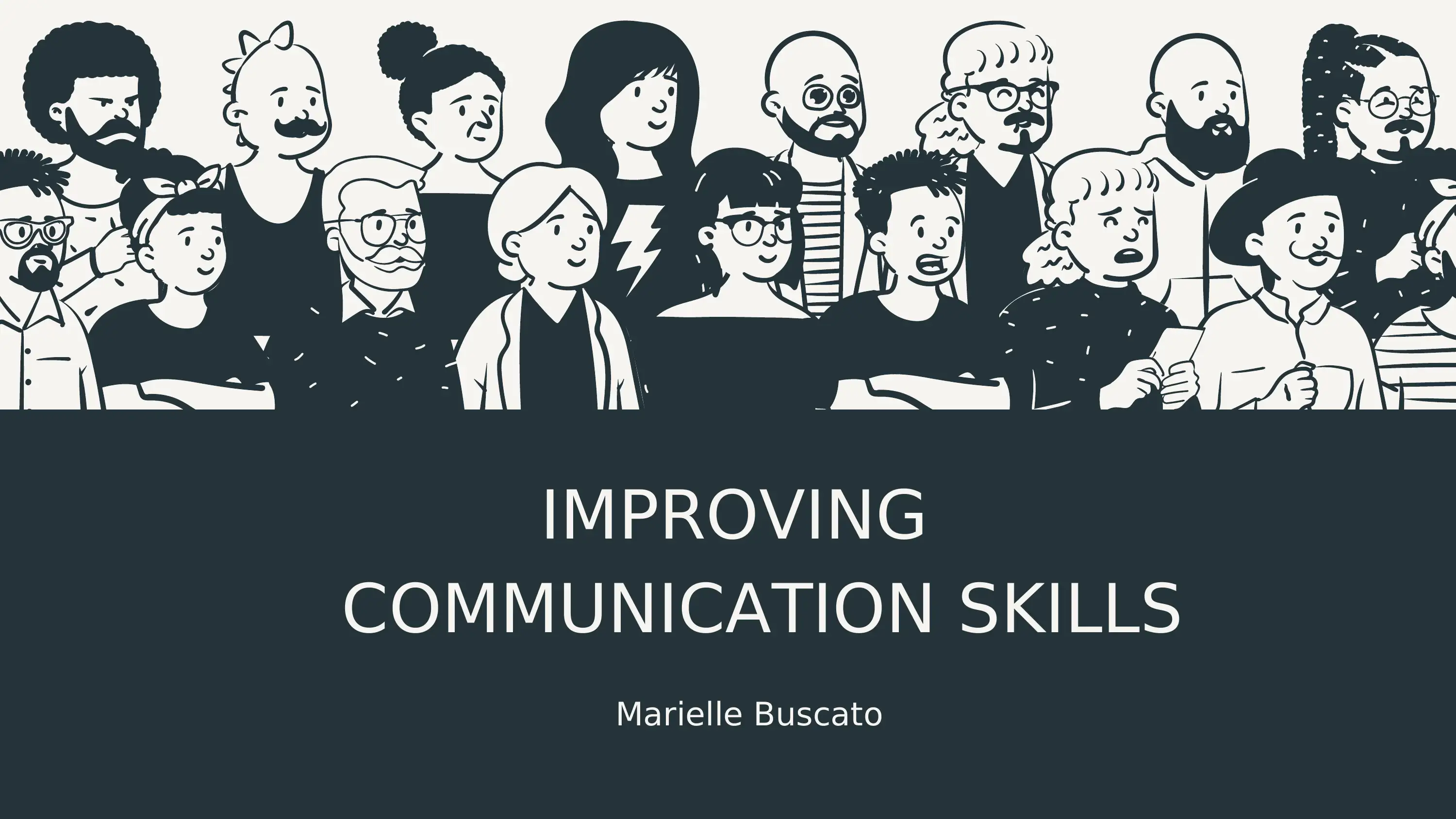
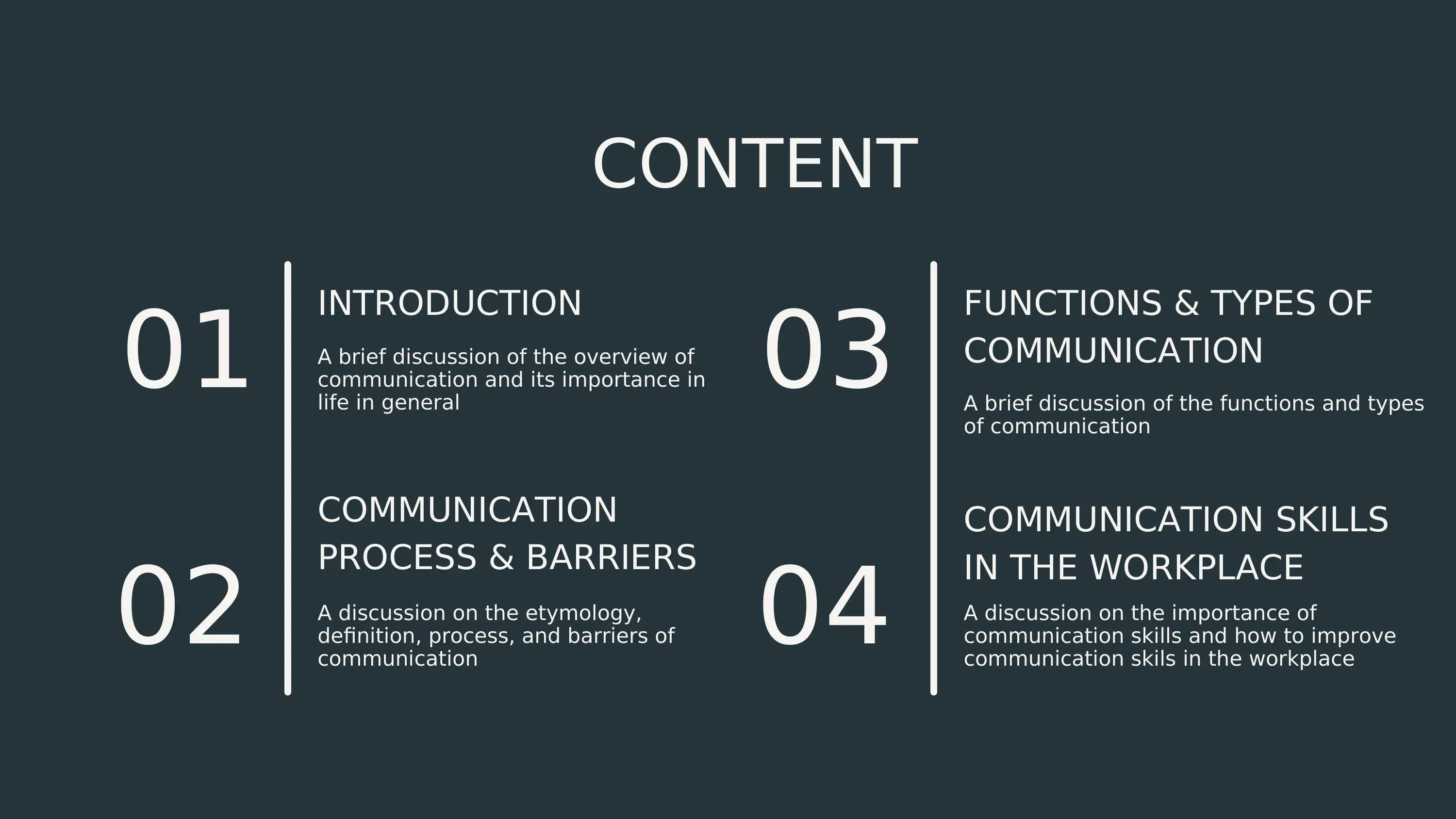
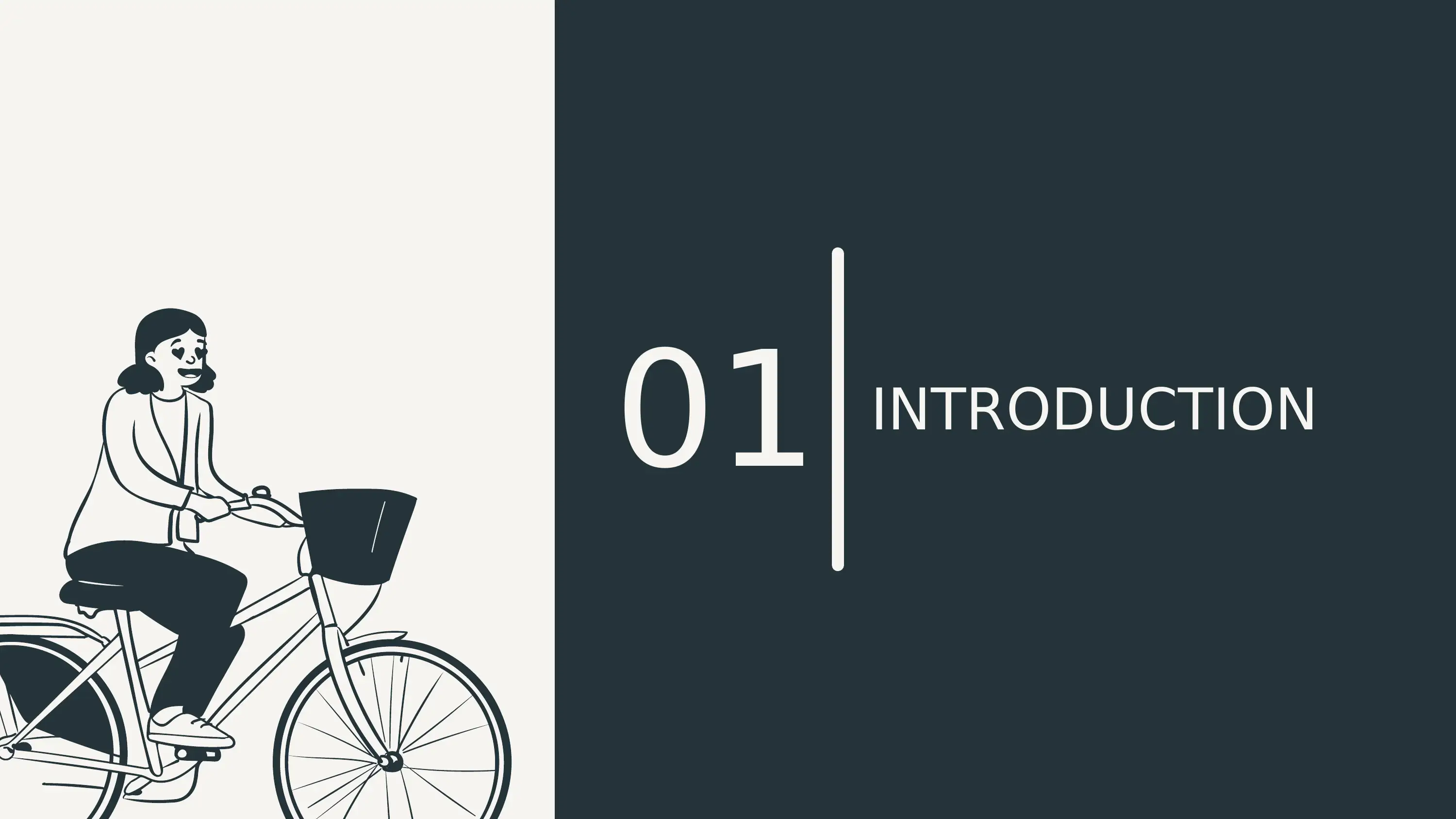

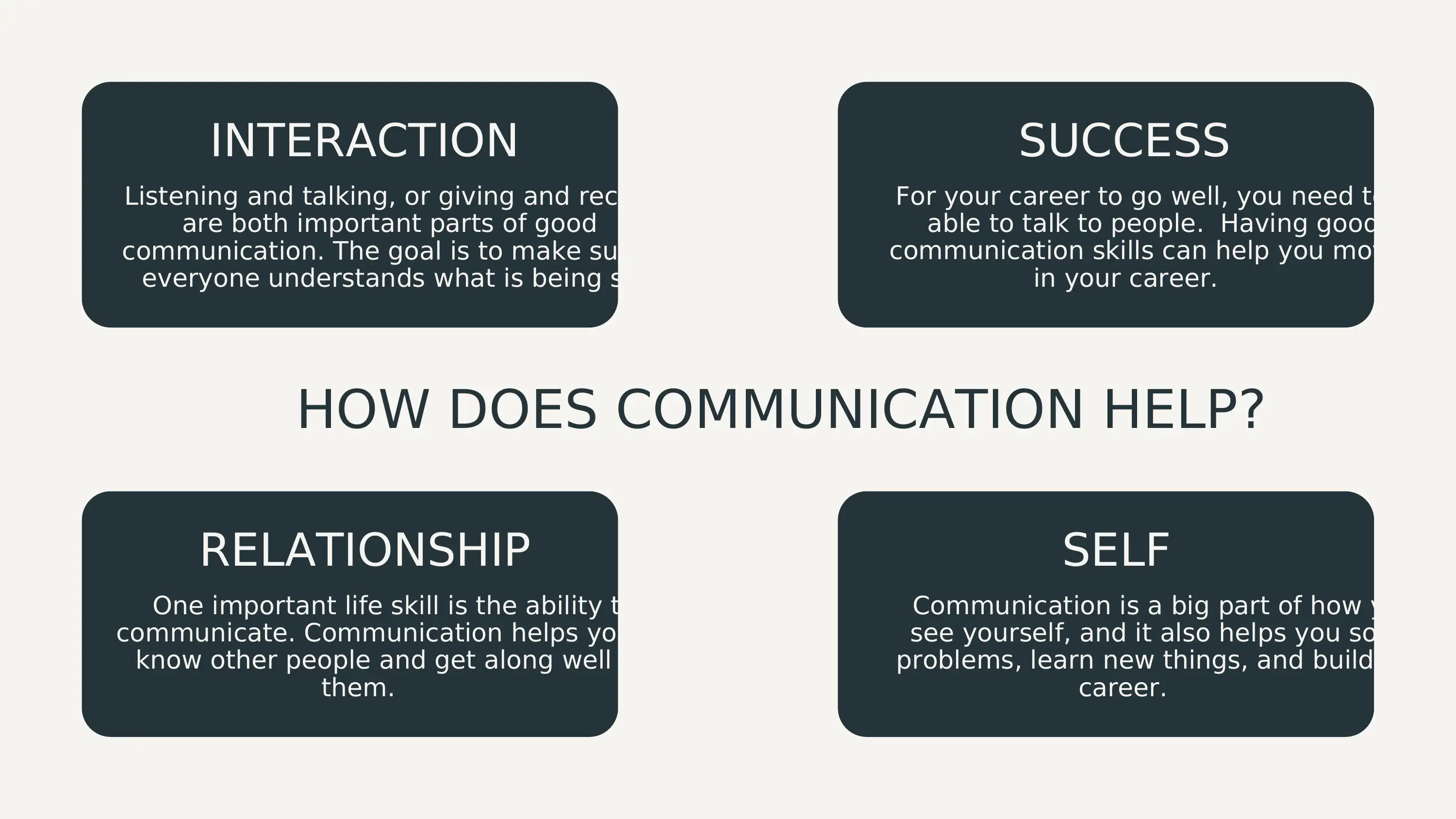
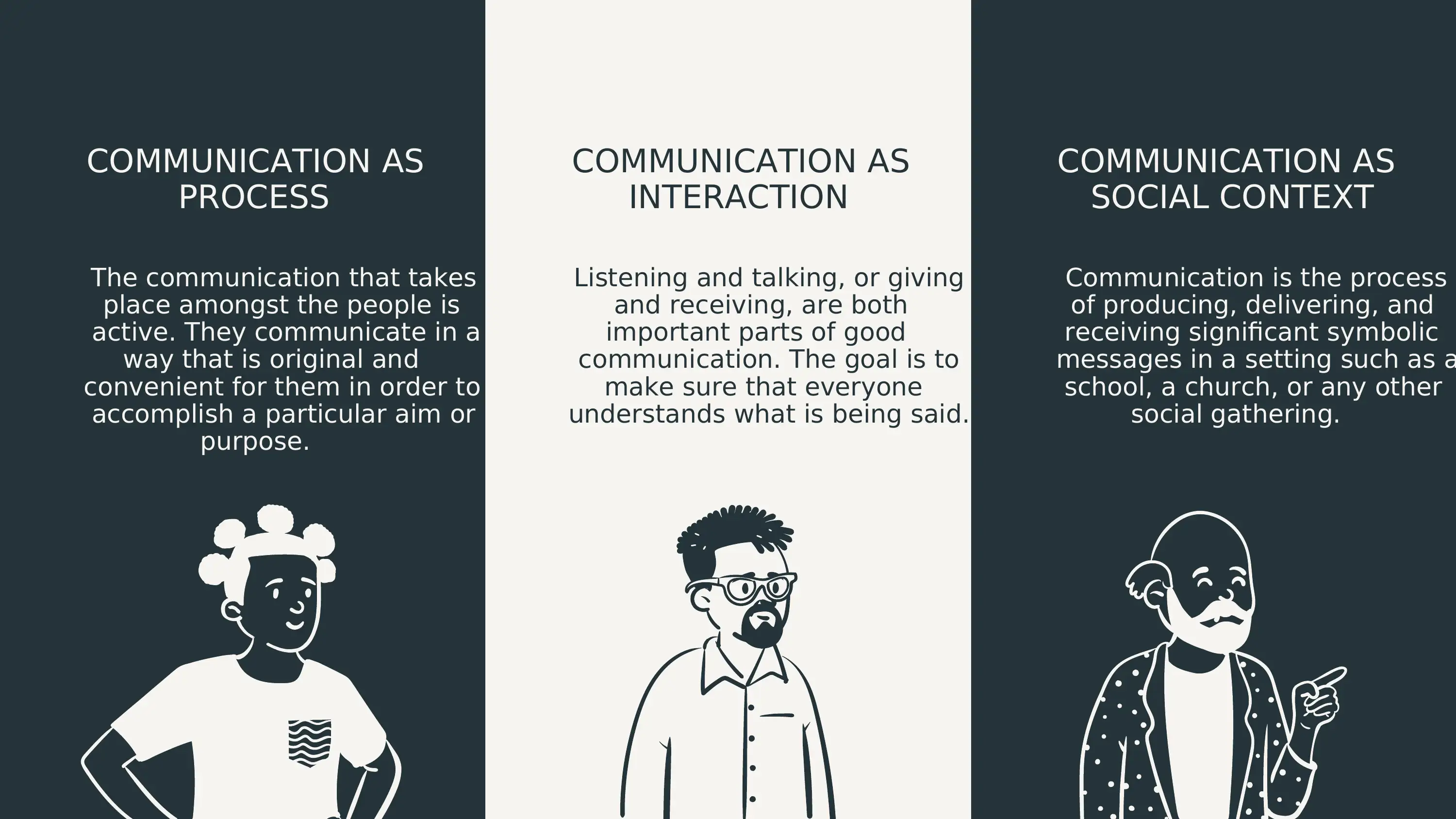
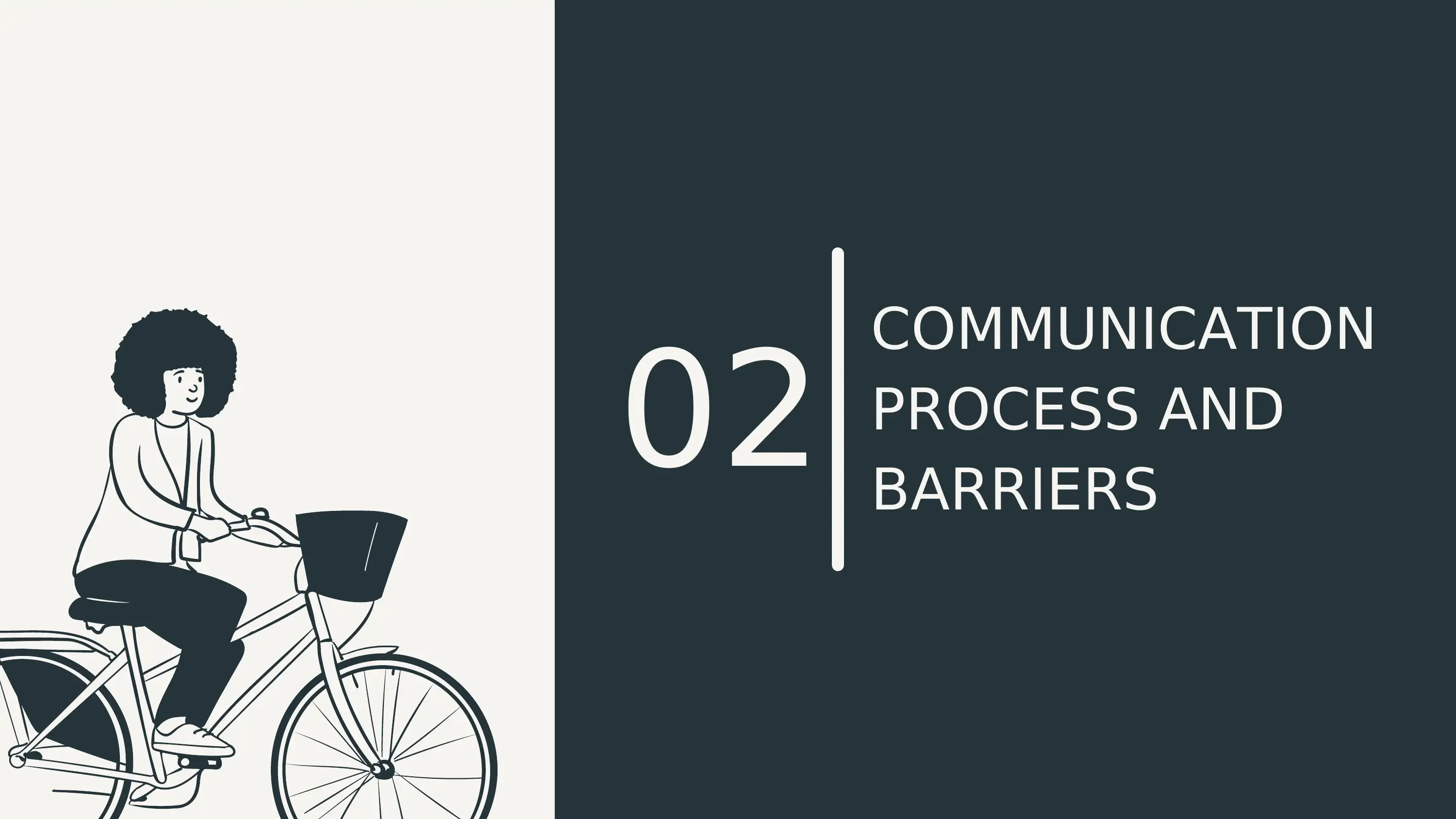
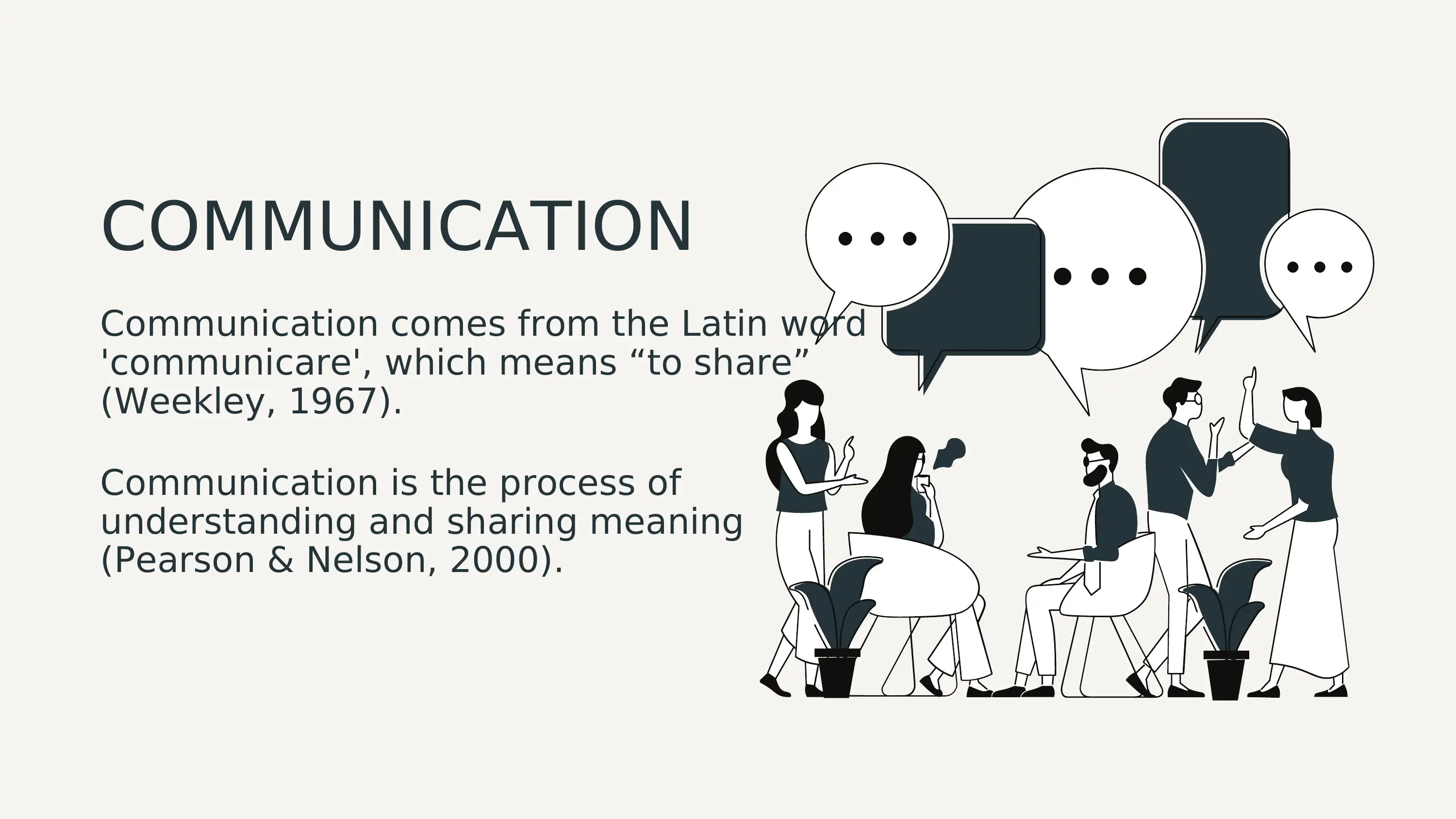
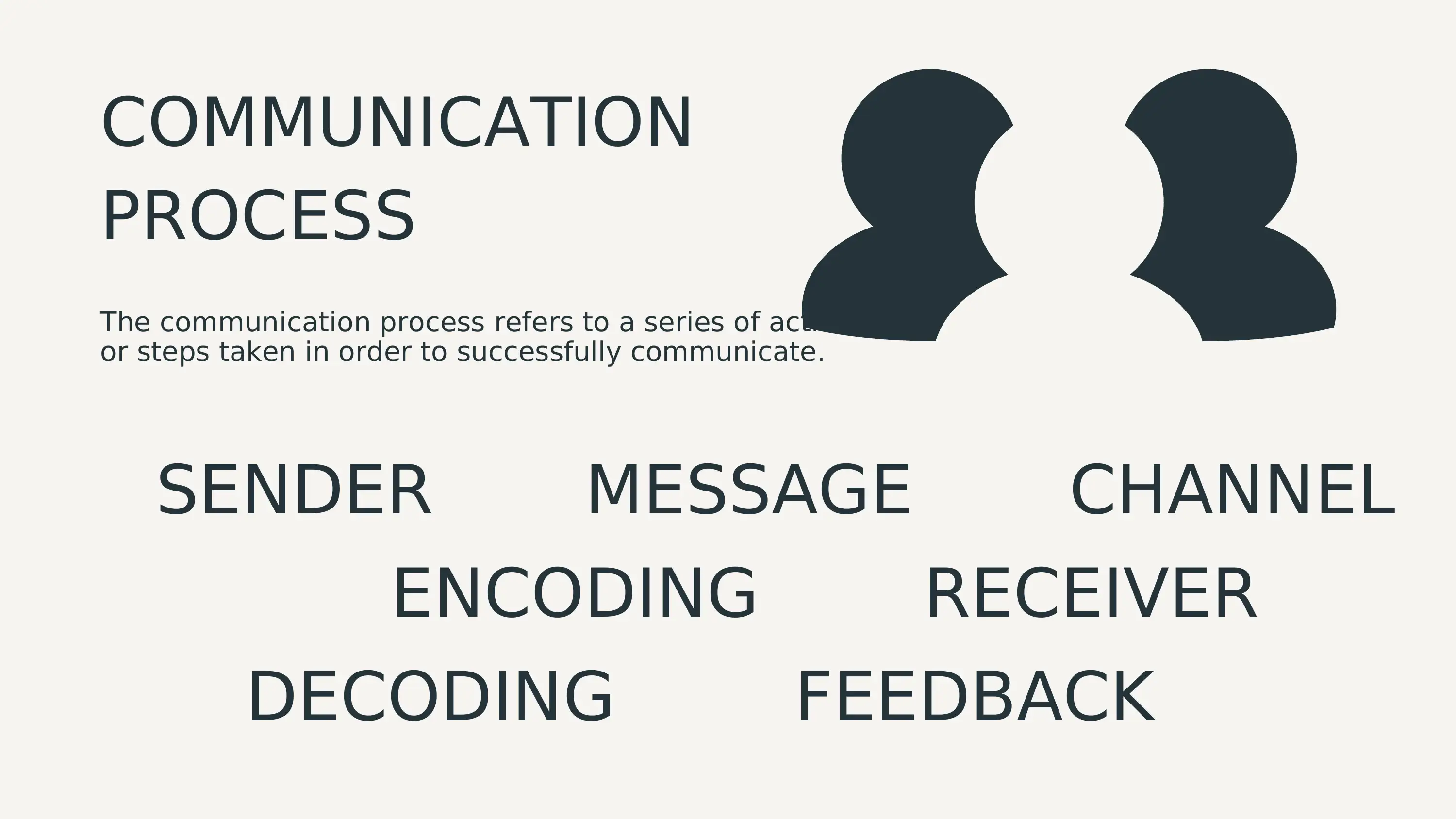
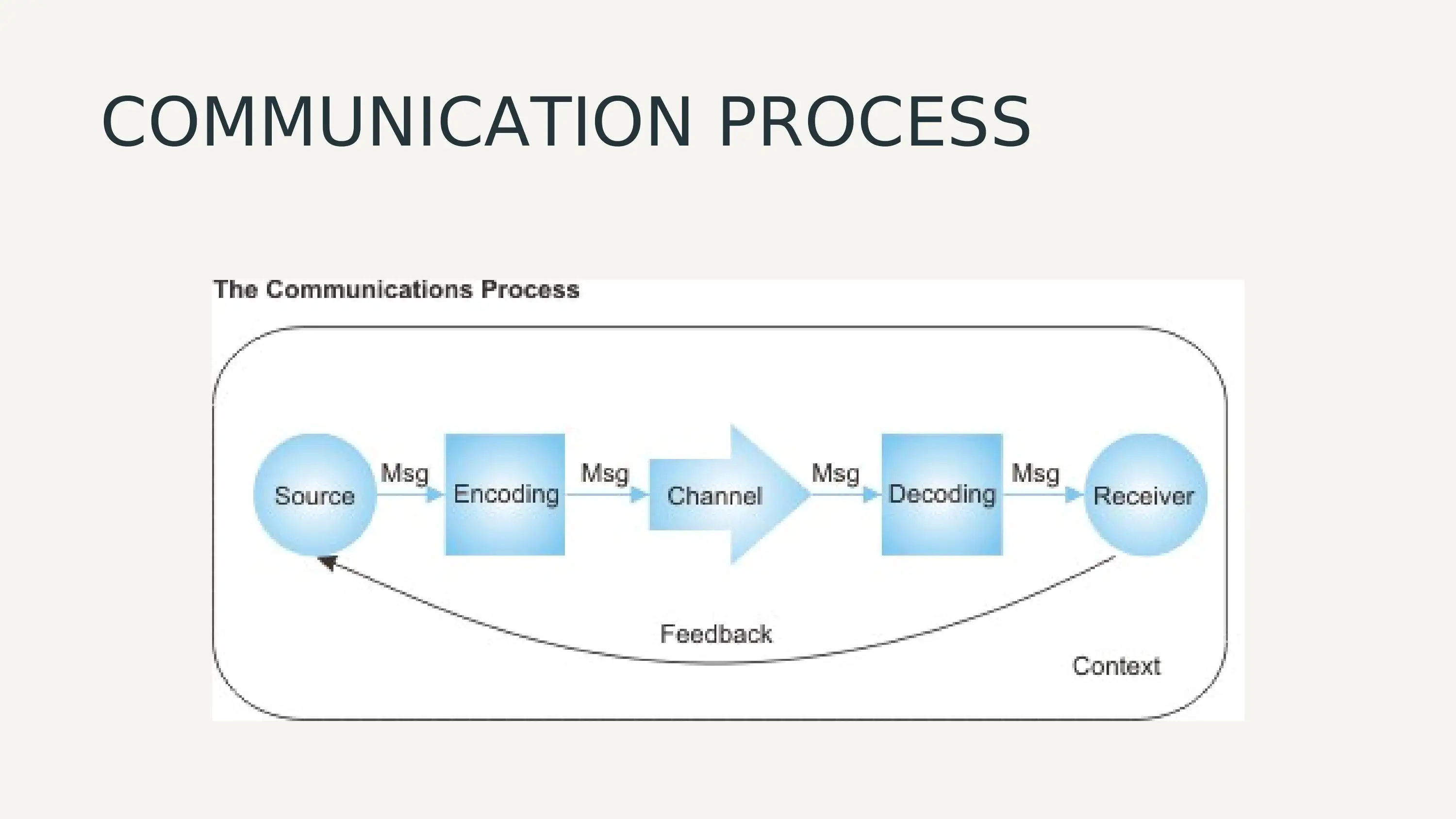
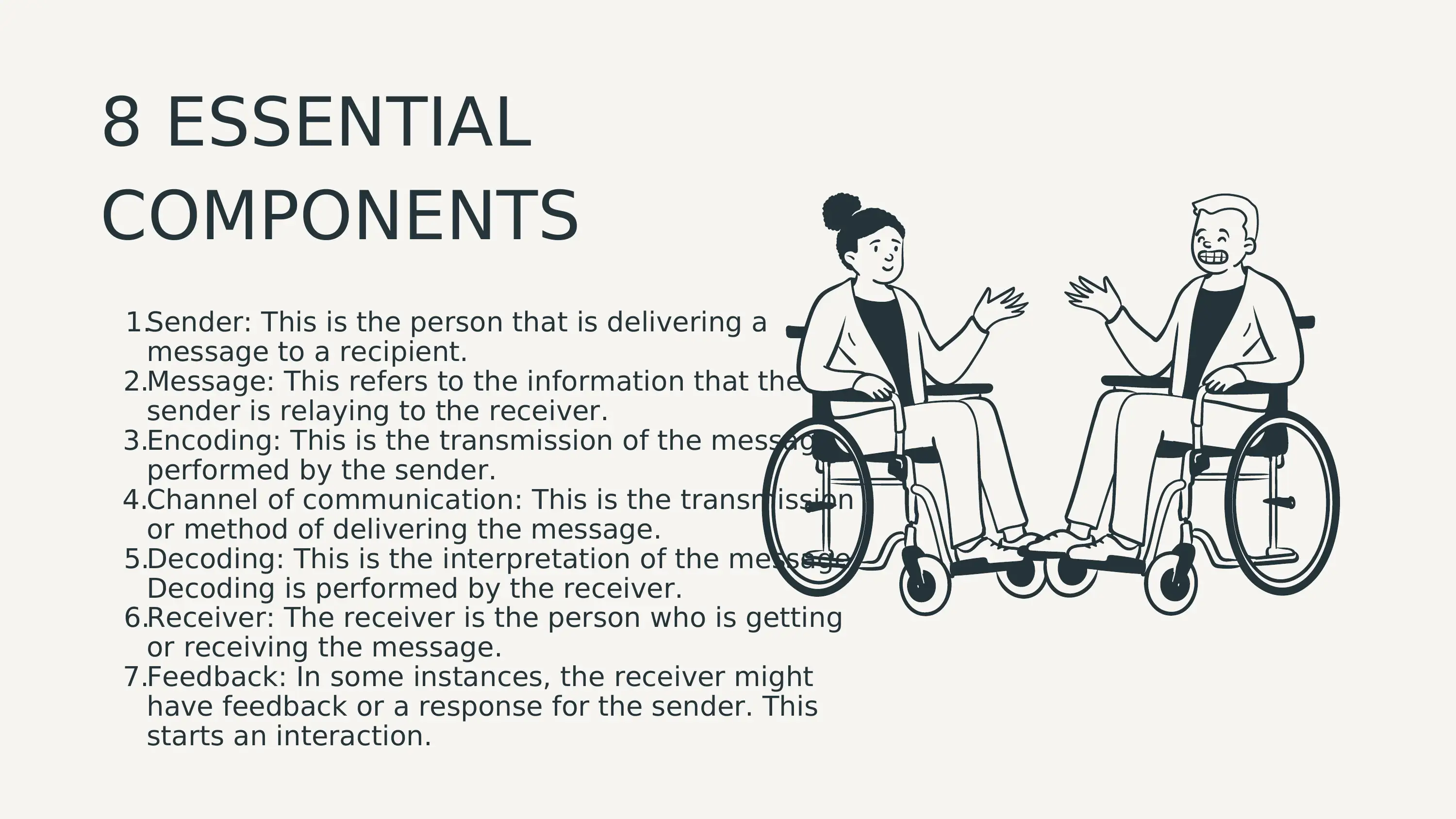
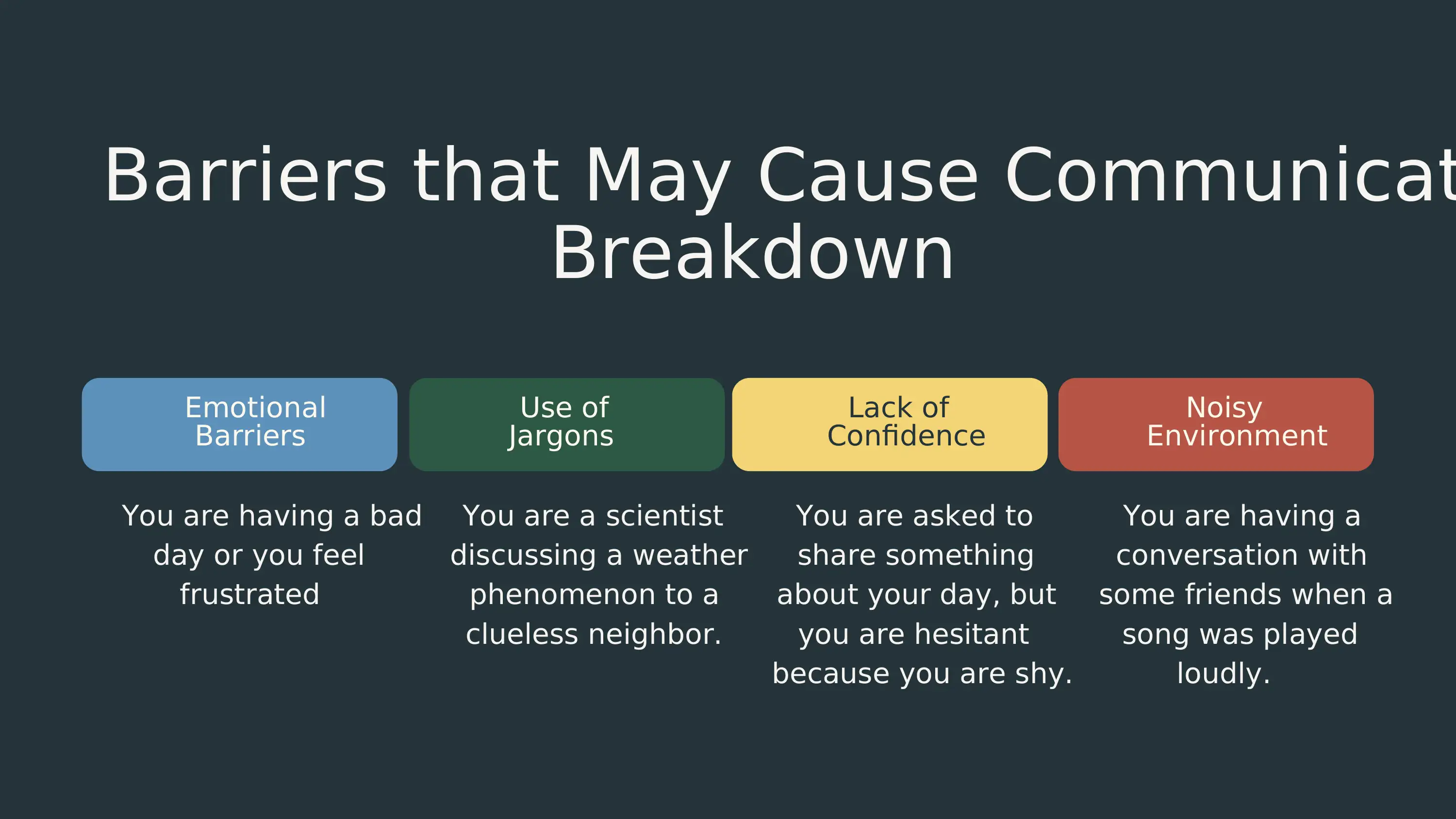
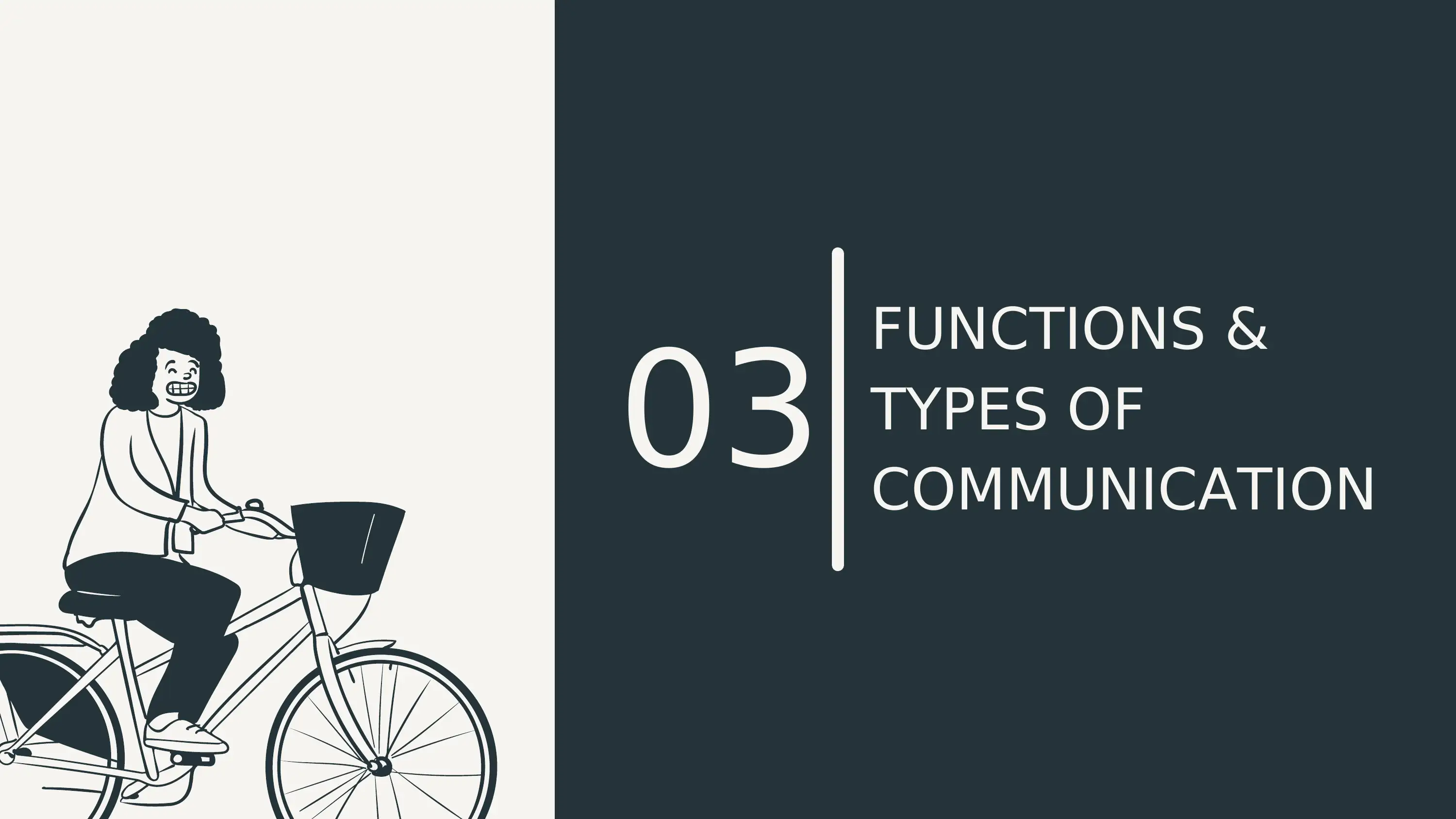





![[object Object]](/_next/static/media/star-bottom.7253800d.svg)